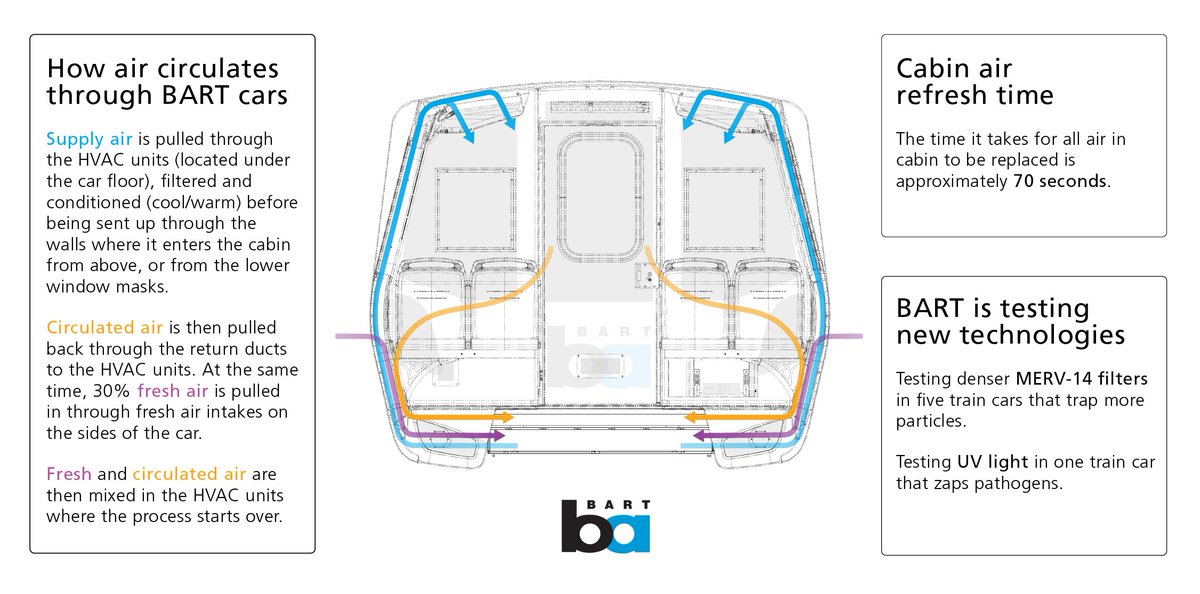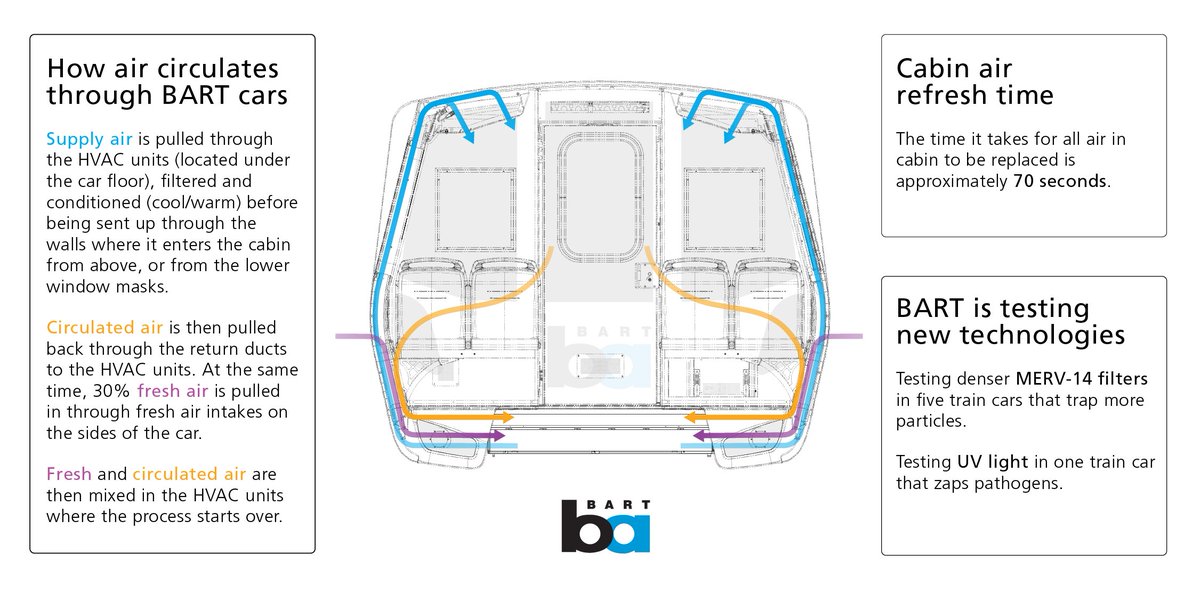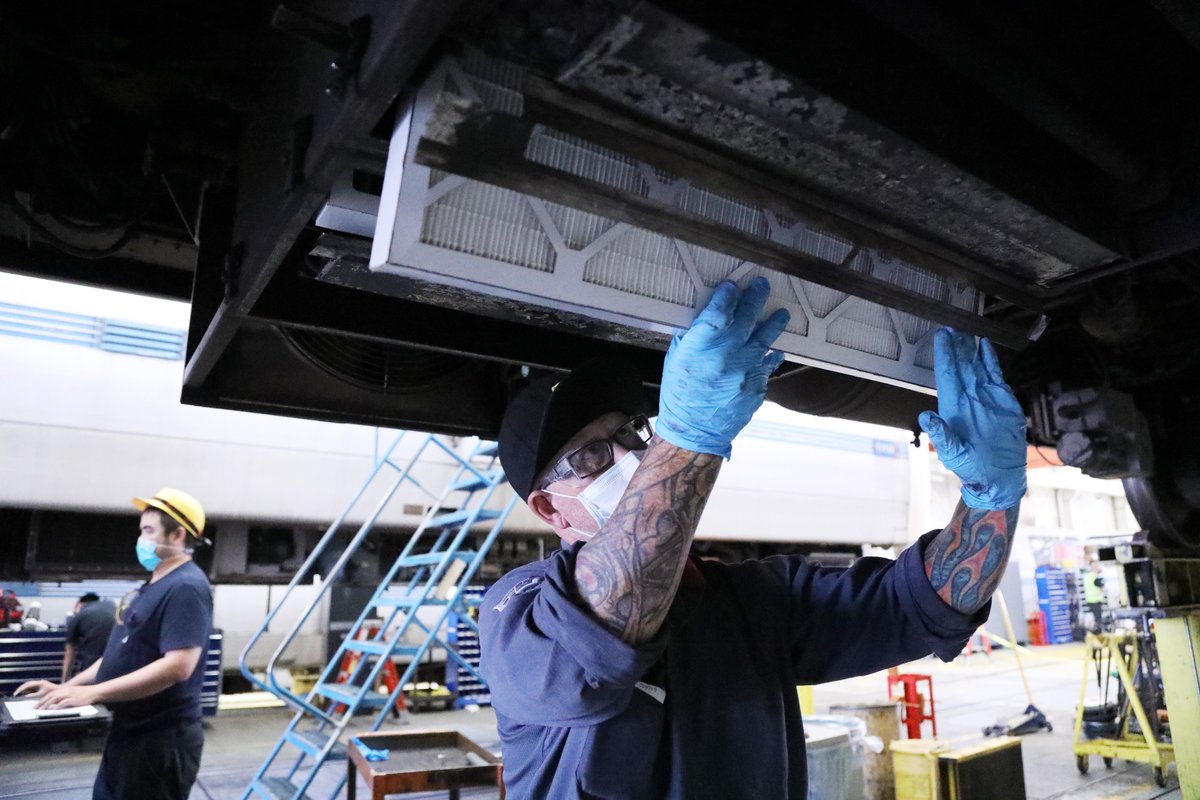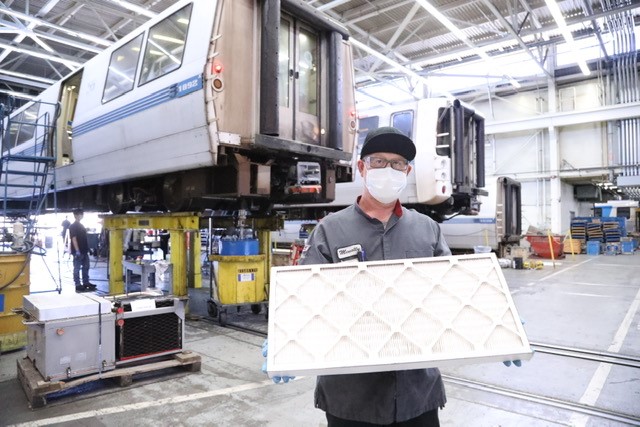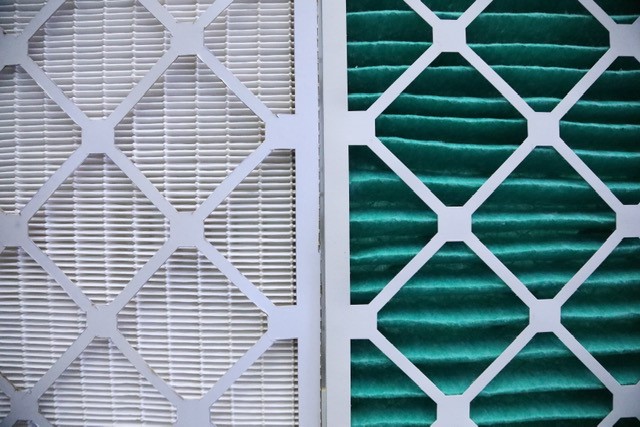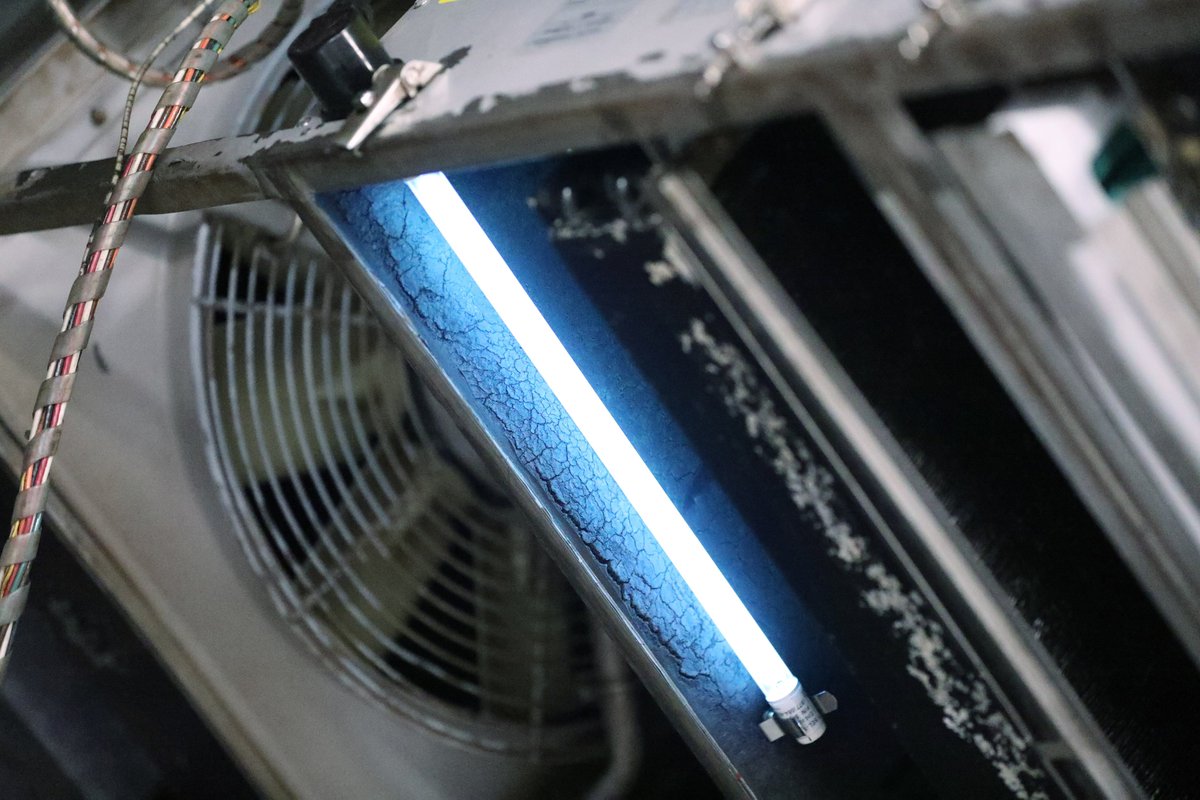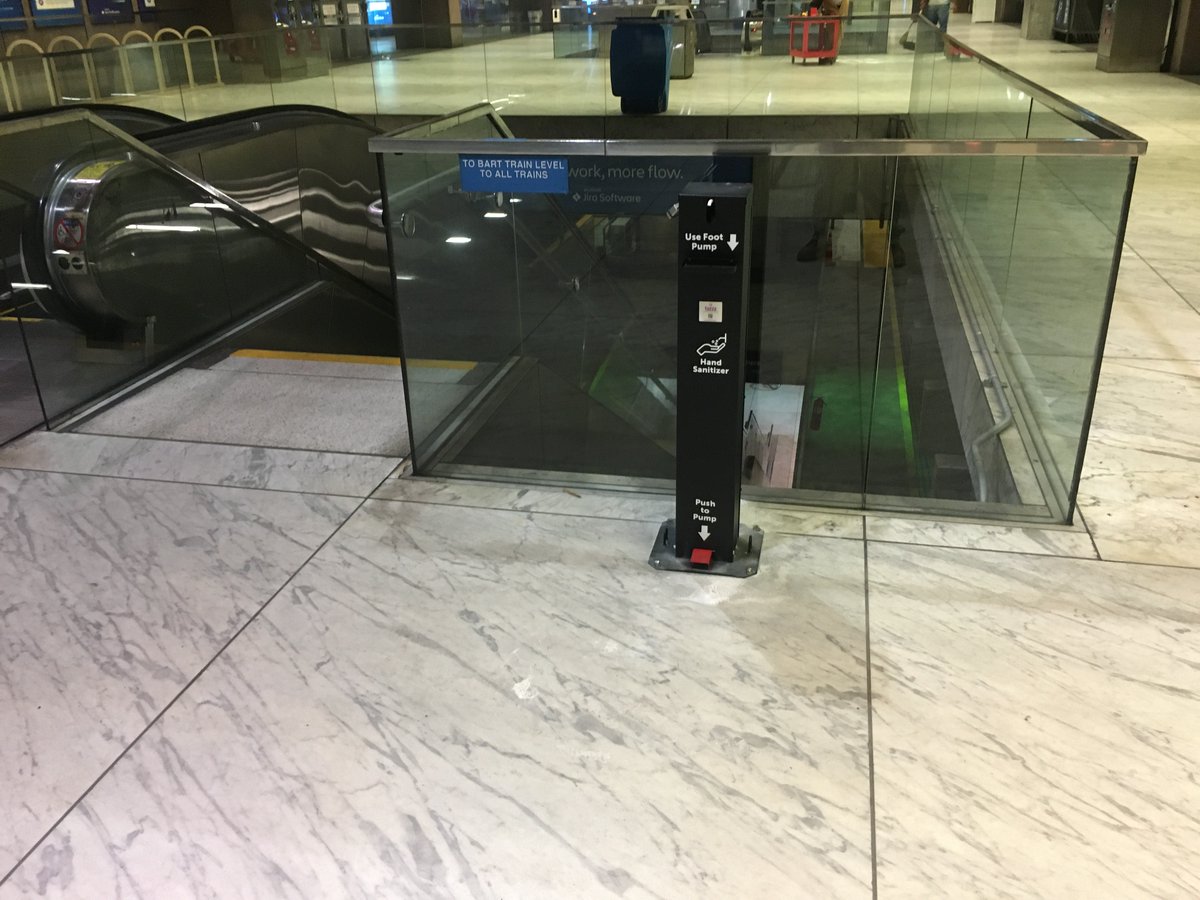Let& #39;s talk air flow in BART cars:
BART cars filter & replace inside air about every 70 seconds. This was the case before COVID-19 and is still now. Air is filtered more effectively than in an office or grocery store.
We& #39;ve also begun new pilot tests for better filtration.
BART cars filter & replace inside air about every 70 seconds. This was the case before COVID-19 and is still now. Air is filtered more effectively than in an office or grocery store.
We& #39;ve also begun new pilot tests for better filtration.
Note: It is going to be a long Twitter thread encompassing many technical points.
Comprehensive information on BART train car air flow and our pilot tests can be read at https://www.bart.gov/news/articles/2020/news20200813">https://www.bart.gov/news/arti...
Comprehensive information on BART train car air flow and our pilot tests can be read at https://www.bart.gov/news/articles/2020/news20200813">https://www.bart.gov/news/arti...
On Monday, @nytimes published an illuminating article on subway car air flow in NYC. https://www.nytimes.com/interactive/2020/08/10/nyregion/nyc-subway-coronavirus.html
Experts">https://www.nytimes.com/interacti... recommend indoor office air be replaced up to 8X/hour, per NY Times. BART cars currently replace air at a much higher rate at 50+/hour.
Experts">https://www.nytimes.com/interacti... recommend indoor office air be replaced up to 8X/hour, per NY Times. BART cars currently replace air at a much higher rate at 50+/hour.
At any given moment, air in a BART train car is ~75% filtered/~25% fresh air -- similar to a @NYCTSubway car.
Intake vents outside the BART car draw in fresh air, treat it through HVAC units, then push the mixed, filtered air back into the train via vents in the window frame.
Intake vents outside the BART car draw in fresh air, treat it through HVAC units, then push the mixed, filtered air back into the train via vents in the window frame.
Starting this month, BART is piloting 2 tests to improve air filter and potentially further reduce COVID-19 risk in a train car by installing:
1) higher-grade, denser filter panel that will trap smaller particles
2) Ultraviolet light source inside HVAC unit which can zap a virus
1) higher-grade, denser filter panel that will trap smaller particles
2) Ultraviolet light source inside HVAC unit which can zap a virus
Both pilot tests are part of a patchwork of new technologies and best practices tried in other transit systems in the US and the world, as outlined by the 15-step plan to welcome back riders in May. https://twitter.com/SFBART/status/1271104130774233088">https://twitter.com/SFBART/st...
Currently, BART cars filter air using the MERV-8 (MERV is graded 1 to 20, higher # filters can trap smaller particles) filters which can trap particles between 3 and 10 microns in size.
In 5 cars, BART is testing MERV-14 filters, a much tightly woven filter than MERV-8 filters.
In 5 cars, BART is testing MERV-14 filters, a much tightly woven filter than MERV-8 filters.
As one may see in this side-by-side comparison, MERV-14 filters, left, has denser folds than MERV-8 filters, right, which BART currently use on its fleet for air filtration.
One may think: higher MERV filters are good, so why isn& #39;t BART trying, say, MERV-20 filters?
Risk of MERV-14 filter test is that it may be TOO tight for filtration. MERV-14 may block air from flowing through, which may cause BART car machinery to overwork and break down the car.
Risk of MERV-14 filter test is that it may be TOO tight for filtration. MERV-14 may block air from flowing through, which may cause BART car machinery to overwork and break down the car.
While the science is not settled on role of aerosols for COVID-19 transmission, BART is also testing on how to best kill viruses during service by installing a ultraviolet light rod in the ventilation ducts in one car.
The UV rod is hidden from riders, underneath the car.
The UV rod is hidden from riders, underneath the car.
Ultraviolet light is proven to kill aerosols. The main risk for the pilot is whether the rod is able to endure the wear and tear on the rails during service.
 https://abs.twimg.com/emoji/v2/... draggable="false" alt="🗣️" title="Silhouette eines sprechenden Kopfes" aria-label="Emoji: Silhouette eines sprechenden Kopfes">Holland: "When the UV lights get bumped around on our rails, are they going to survive?”
https://abs.twimg.com/emoji/v2/... draggable="false" alt="🗣️" title="Silhouette eines sprechenden Kopfes" aria-label="Emoji: Silhouette eines sprechenden Kopfes">Holland: "When the UV lights get bumped around on our rails, are they going to survive?”
To minimize COVID-19 spread, air flow, social distancing and masks are critical.
Social distancing is achievable on vast majority of BART trains currently in service. Crowding charts are available weekly at http://bart.gov/crowding .https://bart.gov/crowding&... href=" https://twitter.com/SFBART/status/1293575758615425025">https://twitter.com/SFBART/st...
Social distancing is achievable on vast majority of BART trains currently in service. Crowding charts are available weekly at http://bart.gov/crowding .
Every station agent booth carries extra masks to give to riders upon request. Ambassadors and BPD officers also carry masks to hand out during patrol.
All stations have hand sanitizer dispensers, with extra at Downtown SF stations. https://twitter.com/SFBART/status/1291444836122279936">https://twitter.com/SFBART/st...
All stations have hand sanitizer dispensers, with extra at Downtown SF stations. https://twitter.com/SFBART/status/1291444836122279936">https://twitter.com/SFBART/st...
Photos from today: BART frontline staff has installed extra hand sanitizer dispensers at Embarcadero. They dispense hand sanitizer using a foot pump.
BART also continues to disinfect all trains in service with electrostatic foggers every 24 hours once service has ended.
All touchpoints at stations and train cars are wiped down with disinfectants multiple times a day during service.
All touchpoints at stations and train cars are wiped down with disinfectants multiple times a day during service.
While we are encouraged by news from several other countries that public transit is not a spreader of COVID-19, BART will continue to work to reduce risk of transmission and gain public confidence and ridership now and when post-COVID-19 recovery begins. https://www.scientificamerican.com/article/there-is-little-evidence-that-mass-transit-poses-a-risk-of-coronavirus-outbreaks/">https://www.scientificamerican.com/article/t...

 Read on Twitter
Read on Twitter